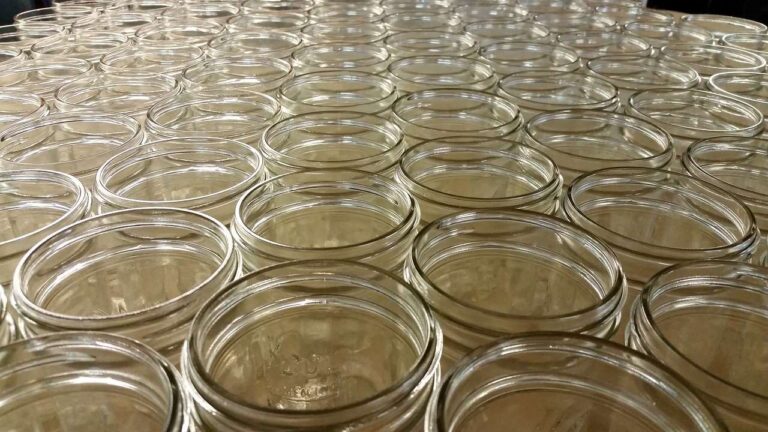Among the various aspects concerning corporate sustainability is that of sustainable packaging.
Green packaging represents an alternative, innovative and much-needed solution to replace classic plastic packaging. In fact, green packaging involves first of all a careful choice of the raw materials used. With a preference for paper, cardboard or materials already derived from recycling processes, such as recycled polyethylene.
In addition to the material, the fate of the packaging once it has completed its function as a container must also be considered. Here, the packaging could undergo further recycling, or it could be reused or transformed and upcycled.
Table of Contents
Towards sustainable packaging
Among the sectors that are making the most effort is certainly the food industry, as it is among the most affected when it comes to the disproportionate use of plastic packaging.
The research and development departments of companies have therefore already been active in the search for greener solutions for their packaging. Which aim to drastically reduce the use of plastic in favour of more easily recyclable raw materials. Such as paper, cardboard and aluminium.
Added to this is the search for new materials capable of maintaining the same performance as plastic in every respect. Indeed, it is important to remember that plastic is not the most widely used material in packaging. This is solely because it is inexpensive, but also because it is light and strong.
It is also essential to bear in mind that the role of packaging is not only limited to the containment and protection of the product it encloses. Tt is in fact a recognisable element capable of attracting consumers.
Companies in the front line of sustainable packaging
Since the talk of green packaging began, many companies have been working hard to bring about a radical change in their production flow.
The material chains that had been used the most involved packaging made of steel, paper, wood, plastic and glass. The companies aimed to act on at least some of the key aspects such as reuse, raw material savings, improved logistics, recycling and optimisation of production processes.
Since then, more and more companies have join a commitment to the environment. These have been driven on the one hand by the change in consumer habits. Since 2015 – the year UN member states signed the 2030 Agenda – have increased their focus on product sustainability. And, on the other hand by the increasingly looming climate emergency.
An example in the area of environmentally sustainable packaging certainly comes from Procter&Gamble, the multinational Made in the USA. In 2019 it decided to collaborate with more than 40 companies that use plastic in their packaging and with companies involved in the recycling of plastic waste to form The Alliance to End Plastic Waste. Furthermore, the development of sustainable packaging is part of the company’s goals to achieve by 2030. These include achieving 100 per cent recyclable or reusable packaging and a 50 per cent reduction in virgin petroleum-derived plastic.
Read also: EU plans to stop plastic packaging: only recycling and reuse allowed












